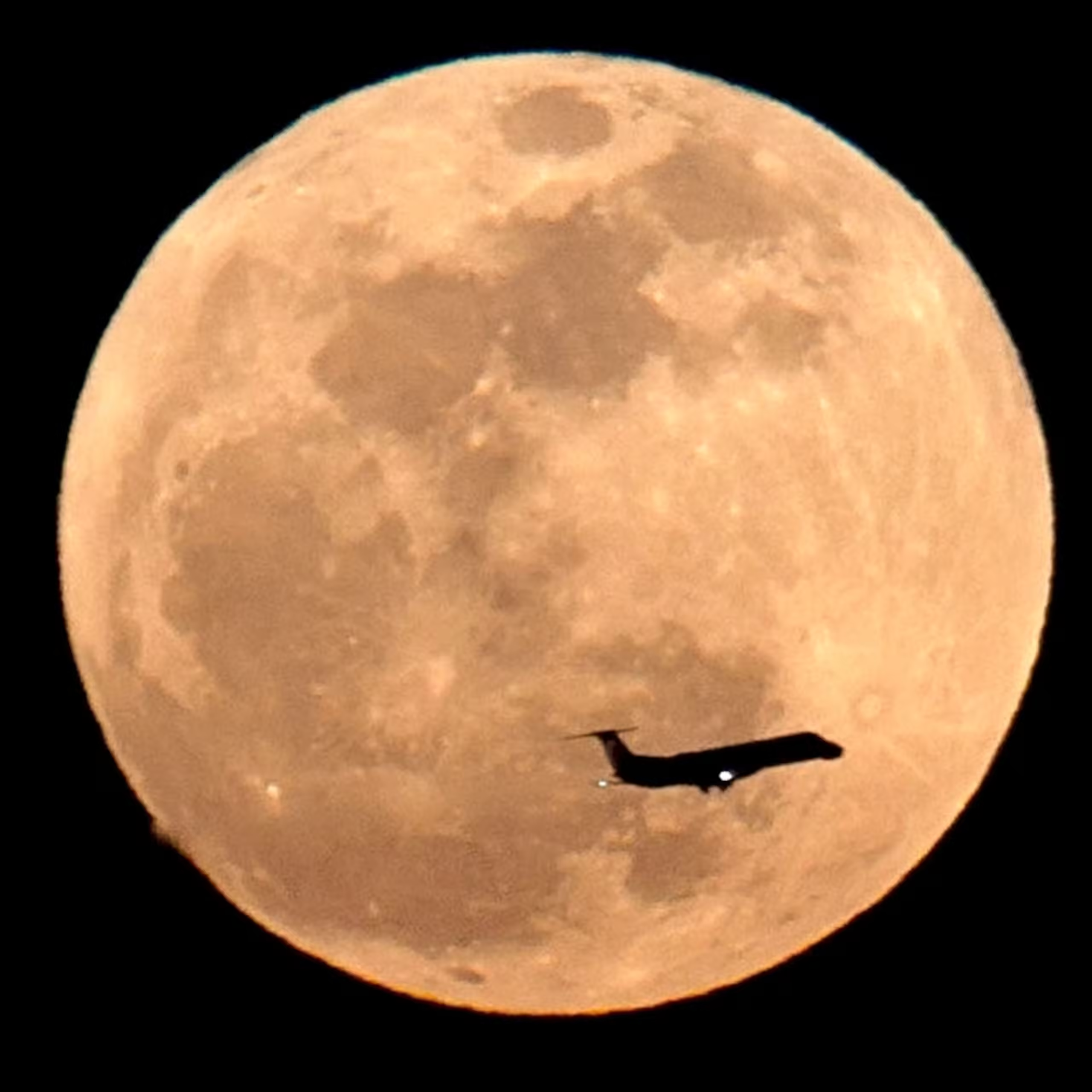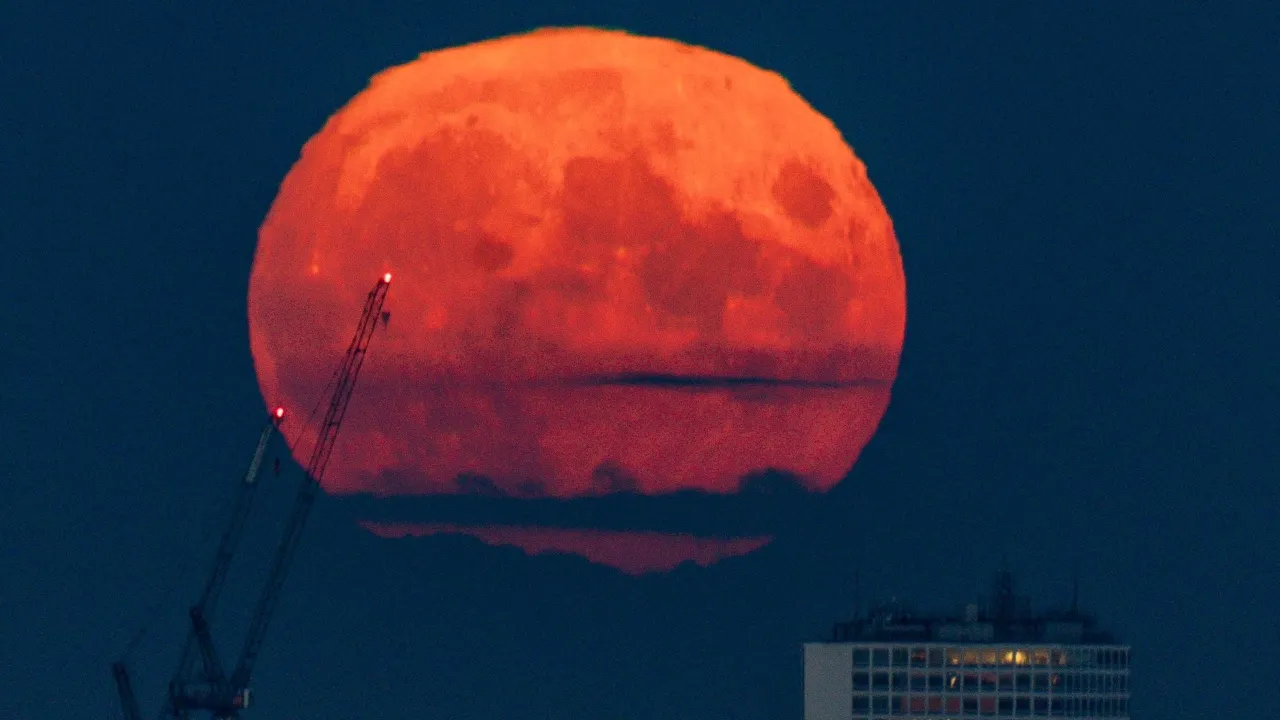Photography aficionados and celestial enthusiasts, brace yourselves. A captivating blue supermoon is set to grace the skies next week. Let’s delve into what this astronomical event entails and pinpoint the optimal time to witness it.
When Is the Best Time to Observe the Supermoon?
NASA specifies that the supermoon will officially occur at 4:26 AM EST on Tuesday, August 20. However, those who prefer to avoid pre-dawn hours will be delighted to know that the moon will appear its largest around dusk on Monday evening.
This is due to an optical illusion when the moon sits low on the horizon, giving it a seemingly amplified size. Though Monday night offers the prime viewing opportunity, the sturgeon supermoon will still dazzle on Tuesday evening.
What Is a Supermoon?
Despite its seemingly larger appearance, the moon doesn’t actually grow in size. NASA explains that a supermoon occurs when the moon, in either its full or new phase, aligns with its closest approach to Earth.

Specifically, it happens when the moon is within 90 percent of its nearest distance to our planet. Although new moons are difficult to observe, the term “supermoon” typically refers to a full moon because of its enhanced visibility. The moon’s elliptical orbit occasionally brings it closer to Earth, resulting in its more imposing appearance.
Why Is It Called a Sturgeon Supermoon?
Every full moon throughout the year carries a distinctive name, rooted in tradition. These names trace back to the Old Farmer’s Almanac, first published in 1792. The almanac, still in print today under HarperCollins, features weather forecasts, lunar phases, and even gardening advice. The names of full moons are tied to seasonal milestones. Here’s a breakdown:
- January: Wolf Moon
- February: Snow Moon
- March: Worm Moon
- April: Pink Moon
- May: Flower Moon
- June: Strawberry Moon
- July: Buck Moon
- August: Sturgeon Moon
- September: Harvest Moon
- October: Hunter’s Moon
- November: Beaver Moon
- December: Cold Moon
Some names, like Snow Moon and Cold Moon, may not align with the Southern Hemisphere seasons, as they originate from Northern Hemisphere traditions.
Will the Moon Appear Blue?
Contrary to what the name suggests, the moon won’t actually take on a blue hue. The term “blue moon” refers to the occurrence of multiple full moons within a specific timeframe. There are two types of blue moons:
- Seasonal Blue Moon: The third full moon in a season that has four.
- Monthly Blue Moon: When a second full moon appears within the same calendar month.
This particular event earns its “blue” designation for being the third full moon in a season of four.
How Rare Are Blue Moons?
The phrase “once in a blue moon” has led many to believe blue moons are exceptionally rare. However, NASA clarifies that a monthly blue moon happens roughly every two and a half years. That said, witnessing two blue moons in the same year is a rarity, occurring only about four times per century. The most recent occurrence was in 2018.
How Rare Are Supermoons?
Supermoons are a more frequent phenomenon, with three to four typically happening each year. Since they occur in clusters, you can expect to see a series of them in the coming months.
When Is the Next Supermoon?
This marks the first supermoon of the year. According to the BBC’s Sky at Night, the next supermoons will occur on September 18, October 17, and November 15, the latter being a new moon.



